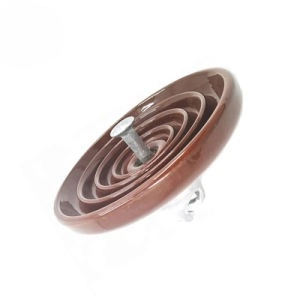
A suspension insulator is a component designed to support and insulate the conductors. It provides support and electrical insulation to conductors. Suspension insulators help in maintaining the integrity and safety of the power grid. It consists of porcelain or glass discs stacked together and connected by metal fittings. The conductor then passes through the center of the discs. These discs help to provide electrical insulation, preventing current from flowing to the tower. Suspension insulators help prevent power loss and reduces the risk of electrical faults. They provide electrical insulation, mechanical support and durability. Suspension insulators are from porcelain, glass or composite. These materials are resistant to corrosion and weathering to ensure durability.
Construction of a suspension insulator
The construction of suspension insulators consists of various components and materials. These are carefully designed to withstand mechanical and electrical stresses. It also needs careful selection of the materials to ensure the grid’s reliability and longevity. The following is an overview of suspension insulator construction.
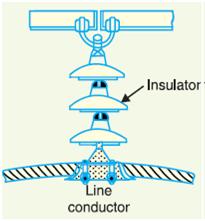
- Core material – the core of a suspension insulator is from high-strength materials like steel or iron. The core helps provide a structural support and rigidity to the insulator.
- Insulating discs – these are the heart of the suspension insulator made of porcelain or toughened glass. These materials provide electrical insulation properties and mechanical strength. porcelain discs are by pressing and firing high-quality clay. They undergo a process of thermal tempering to enhance their strength and resistance to breakage.
- Cementing compound – this helps to bond the discs together and secure them to the core. The cementing compound must have high mechanical strength and resistance to environmental factors.
- Metal fittings – metal fittings serve to connect the insulator discs to the core. They also provide attachment points for the conductors. These fittings have designs to withstand mechanical loads. They also ensure a secure connection between the insulator and the transmission line.
- End fittings – these work at both ends of the insulator to ease its attachment to the support structure. They help to provide a strong and stable connection while allowing easy installation and maintenance.
- Surface treatment – suspension insulators have surface treatments such as glazing or coating. Glazing involves applying a layer of ceramic glaze to the surface for extra protection against moisture and tracking. Coating helps to improve the insulators resistance to pollution and enhance its electrical performance.
Working principle of a suspension insulator
The working of a suspension insulator helps to maintain the integrity and safety of the transmission lines. The main function of the suspension insulator is to provide insulation and support. They also have designs to prevent current leakage and maintain safe and reliable transmission of electricity. Additionally, it is advisable to ensure the insulators are able to withstand all conditions. The following is a basic working principle of s suspension insulator.
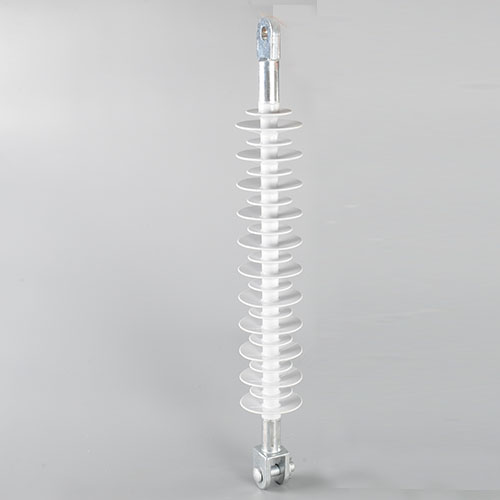
- Electrical insulation – the insulator prevents current from flowing through the tower or pole. This is to ensure the safe transmission of electricity.
- Dielectric properties – the insulators are from materials with excellent dielectric properties. This is including porcelain, toughened glass or composite materials. The materials have high resistance to electrical conductivity allowing them to block the flow of the current.
- Multiple disc design – the insulators consist of insulating discs stacked together and connected by metal fittings. The conductor passes through the center of these discs for extra layers of insulation.
- Surface leakage path – the insulating discs create a continuous surface that prevents current from escaping to the support structure. Accumulation of pollutants may create a conductive path for leakage current.
- Surface treatment – surface treatments help mitigate the effects of pollution and tracking. The treatments enhance the insulator’s hydrophobic properties to repel water and contaminants. This helps to reduce surface leakage on the application.
Selecting the best suspension insulator
There are various manufacturers and suppliers in the market for suspension insulators. It may be hard deciding who to buy from. There are various factors to consider when selecting suspension insulators. The selected suspension clamps should meet the specific requirements of your power system. There are various factors that help select the best as discussed below.
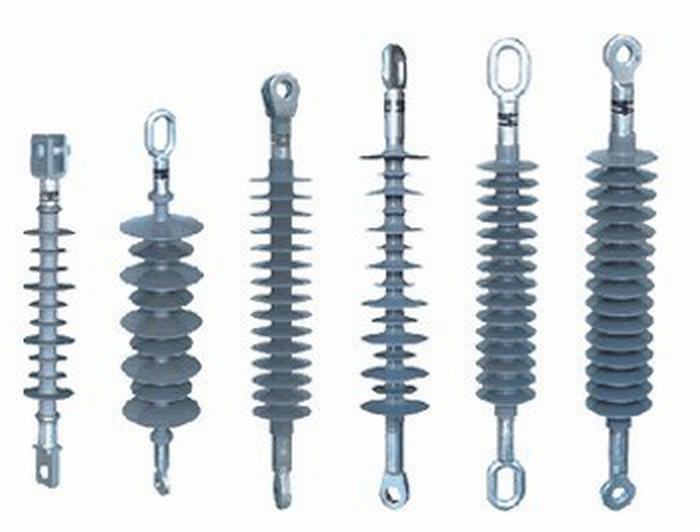
- Voltage rating – determine the voltage rating required for the application to accommodate different voltage levels. Voltage rating may range from low to extra high voltage.
- Mechanical strength – consider the mechanical strength of the insulator. It should be able to withstand the stresses from various conditions.
- Pollution performance – check the pollution performance requirements of the installation location. This ensures the insulators have designs and coatings that reduce the accumulation of pollutants.
- Environmental conditions – check the environmental conditions of the installation area. This is including humidity, UV exposure and corrosive atmospheres. Also, consider surface treatments to resist pollution and tracking for reliable performance.
- Compliance with standards – ensure that the selected insulators follow relevant industry standards and regulations. Standards help ensure product quality, reliability and safety.
- Supplier reputation – consider the reptation and track record of the manufacturer. They should have a track record for delivering high quality products and after sales services.
- Cost considerations – compare the cost of different suspension insulators. Balance their performance, quality and durability.
- Material type – consider the strength and corrosion resistance of the selected material. Porcelain insulators provide electrical insulation and durability. Glass insulators offer higher mechanical strength and resistance to breakage.
Installation process of suspension insulators
The installation process involves a series of steps to ensure their proper functioning. It also needs careful planning to ensure the success and reliable operation of the transmission line. Additionally, it is advisable to seek professional guidance on the best installation practices. It is also recommended to follow manufacturer’s instructions for installation. The following is a step-by-step installation guideline.
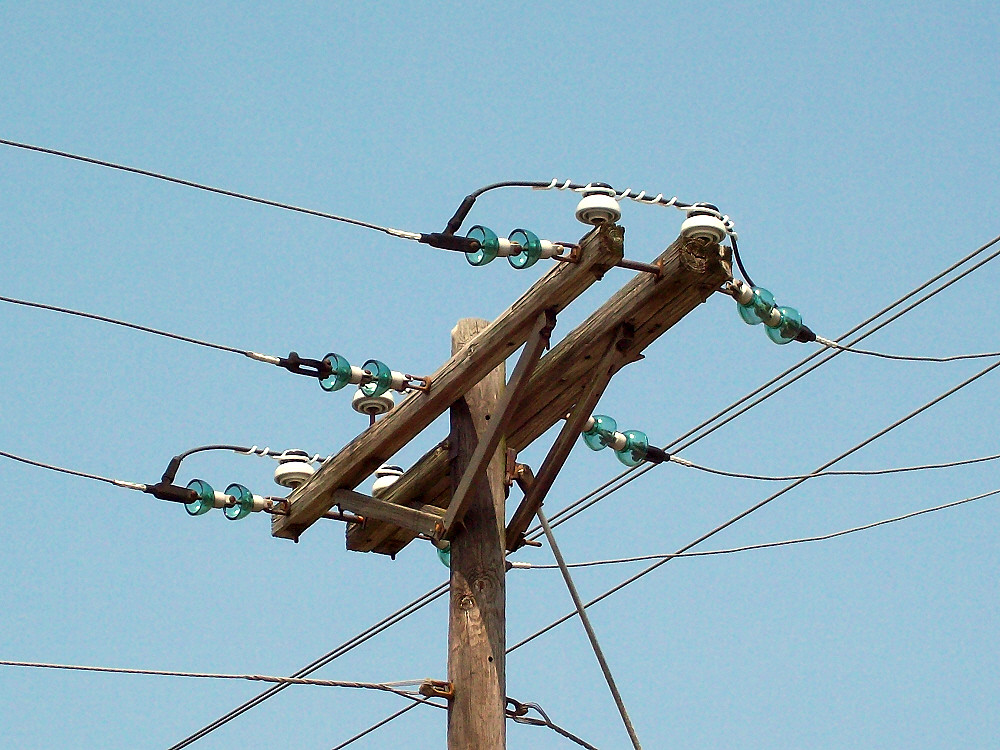
- Preparation – ensure the transmission route is free from any obstacles and safety measures are in place. Clear any obstacles and debris from the installation area to ease safe and efficient work.
- Insulator inspection – inspect each insulator before installation to ensure it is free from any defects. They should also match the specified voltage rating.
- Insulator string assembly – assemble the insulator strings by connecting individual insulator discs using metal fittings.
- Insulator positioning – determine the proper spacing and positioning of the suspension insulator. Ensure to follow the design specifications. Ensure proper alignment with the conductors and support structures.
- Attachment to conductors – connect the suspension insulators to the conductors using suitable hardware and fittings.
- Hoisting and installation – lift the suspension insulator using suitable equipment and techniques. Position the insulators on the designated crossarms and align them with the conductor path.
- Securement – secure the suspension insulators to the support structures. This is by use of suitable clamps, bolts or other mechanisms.
- Tensioning – apply the necessary tension to the conductors to ensure the insulators are properly loaded and aligned.
- Inspection – perform an inspection of the installed suspension insulators, conductors and attachment hardware. This is to ensure proper installation and alignment. Check for signs of damage, defects, or improper installation.
- Testing – perform electrical tests to ensure the insulators meet the specified electrical insulation requirements.
- Documentation – maintain detailed documentation of the installation process. This is including the locations, tensioning values and adjustments made.
Maintenance practices for suspension insulator
Regular maintenance of the suspension insulators helps to ensure their longevity and reliability. It also helps to identify and address potential issues that could lead to failures and accidents. Additionally, the frequency of the maintenance depends on the diverse environmental conditions. The following is a basic guide on maintenance and inspection of suspension insulators.
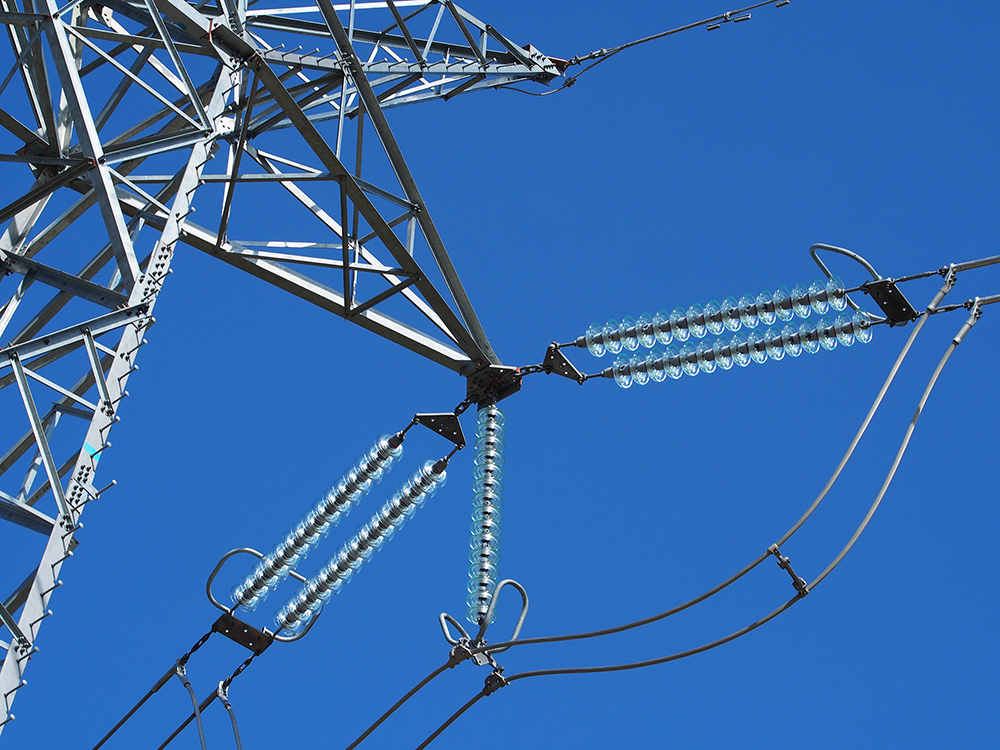
- Perform regular visual inspection to identify any visible damage, cracks or contamination on the insulator surface. Check for signs of wear that may compromise the insulators integrity.
- Use suitable cleaning agents and methods to prevent the accumulation of pollutants and contaminants.
- Ensure the creepage distance along the surface of the insulator is free from tracking or deposits.
- Conduct periodic tests such as high voltage tests to assess the insulation resistance and the electrical performance.
- Ensure the suspension insulator strings are properly aligned with the conductors and supporting structures.
- Assess the mechanical load on the suspension insulator considering factors. This is including wind, ice and conductor tension.
- Inspect the insulators for signs of corrosion on metal components. Consider applying protective coatings.
- Use thermal imaging techniques to identify any abnormal temperature variations on the surface of the insulators.
- Maintain detailed records of inspections, tests and any maintenance activities performed.
Frequently asked questions
A suspension insulator work by providing electrical insulation between the live conductor and the support structure. This is through the use of many insulating discs made of materials with high dielectric properties.
Suspension insulators have designs to withstand various environmental conditions. This is including pollution, temperature fluctuations, humidity, wind and ice. Surface treatments helps to repel contaminants and maintain insulator performance in harsh environments.
Consider factors like voltage rating, mechanical strength, environmental conditions and material type. Also, consider pollution severity, installation requirements, regulatory compliance and supplier reputation.
